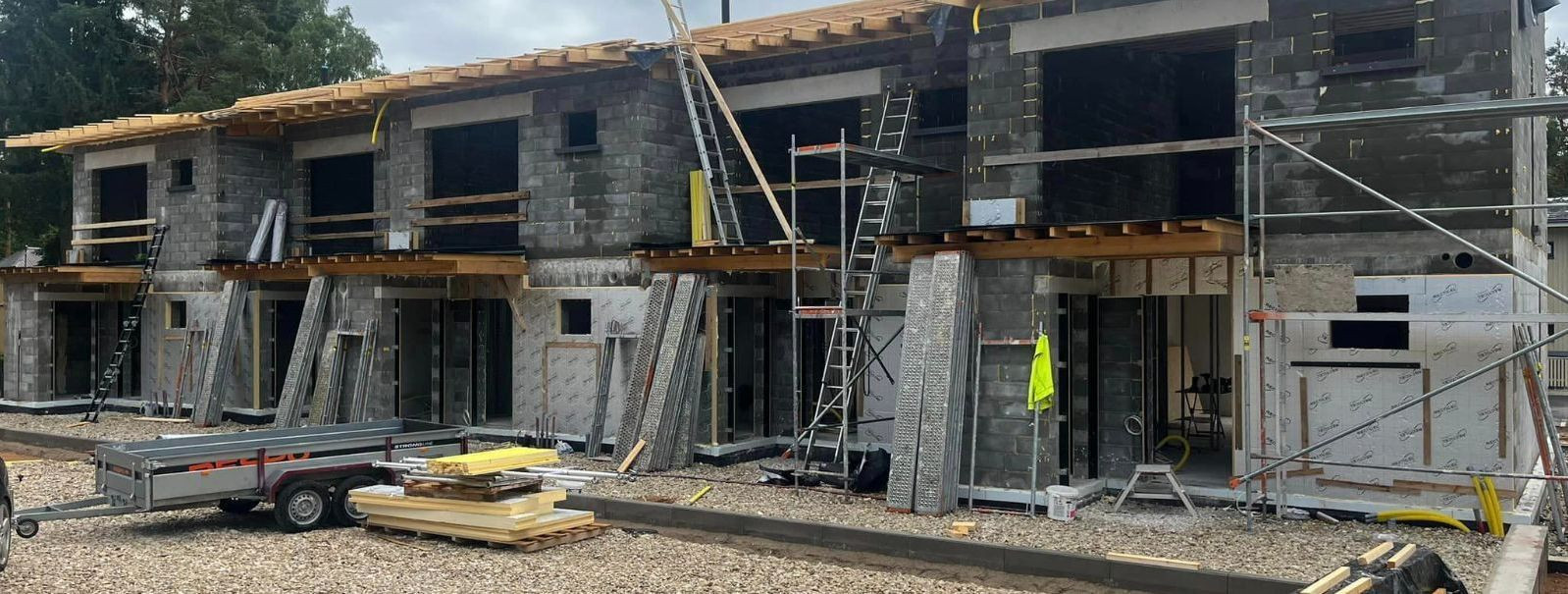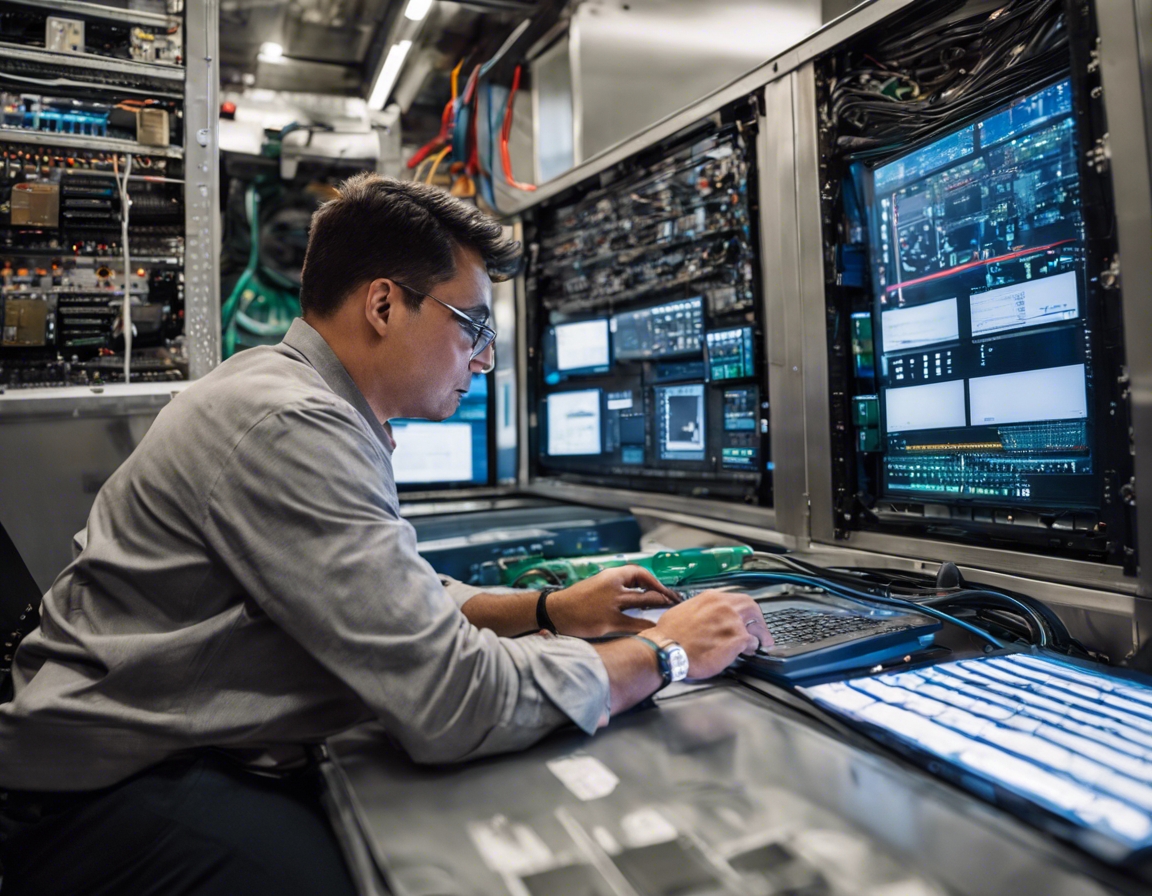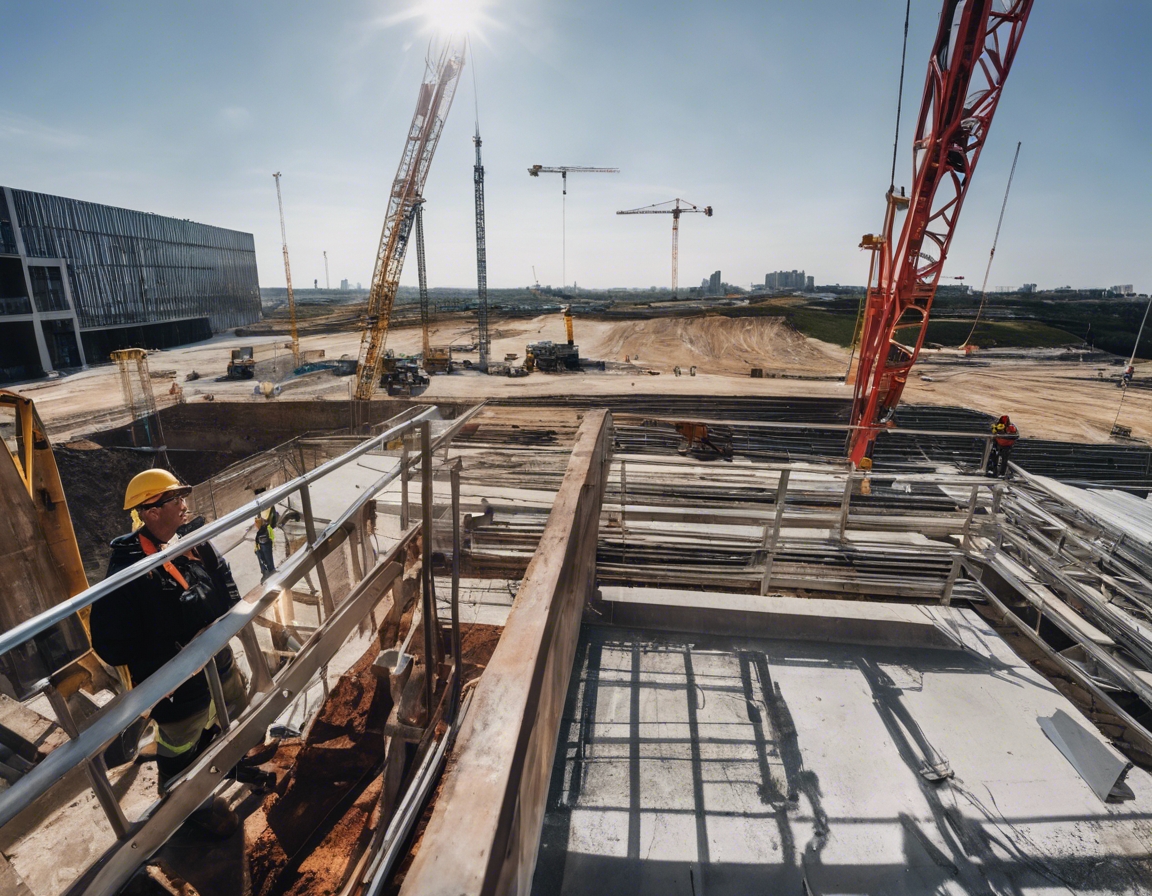Maximizing space: innovative construction techniques
In the face of growing urban populations and limited land availability, maximizing space has become a critical aspect of construction. Efficient space utilization not only addresses the need for more living and working areas but also contributes to the sustainability and economic viability of urban development.
Urban construction faces numerous challenges, including tight project sites, high land costs, and the need to balance density with livability. These constraints demand innovative solutions to optimize space without compromising on quality or functionality.
Innovative Construction Techniques
Modular construction involves prefabricating building sections off-site and assembling them on-site. This technique reduces construction time, minimizes waste, and allows for tighter quality control, all while maximizing the use of available space.
Building upwards is a key strategy in urban areas. Integrating advanced lift systems, like those provided by RAVAR OÜ, ensures that vertical expansion is both practical and efficient, offering seamless movement between floors.
Slender buildings take advantage of small footprints by rising high, while micro-units offer compact living spaces that are well-designed and functional, catering to the needs of urban dwellers.
Transforming existing buildings for new purposes can save space and resources. This approach preserves the character of urban landscapes while meeting modern needs.
Automated parking systems reduce the space needed for vehicle storage, freeing up valuable real estate for other uses.
Technological Advancements Supporting Space Maximization
BIM technology facilitates the planning and management of construction projects, allowing for more precise space planning and utilization.
3D printing enables the creation of complex building components with minimal material waste, contributing to space-efficient designs.
The use of advanced materials and smart systems can lead to thinner walls and smarter use of space, while also enhancing the functionality and comfort of buildings.
Environmental and Regulatory Considerations
Space-saving construction must also be sustainable, utilizing materials and methods that reduce environmental impact.
While innovating, it's crucial to comply with local building codes and regulations to ensure safety and legality.






Comments (0)